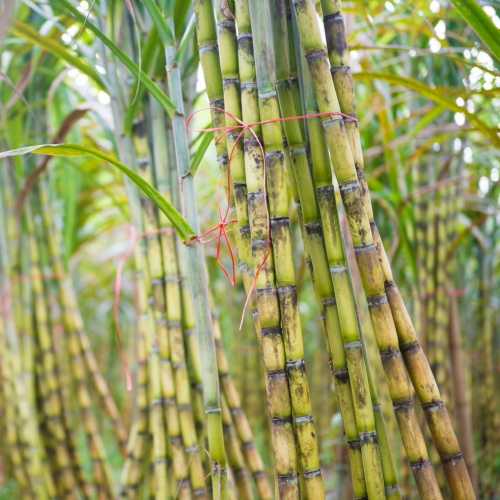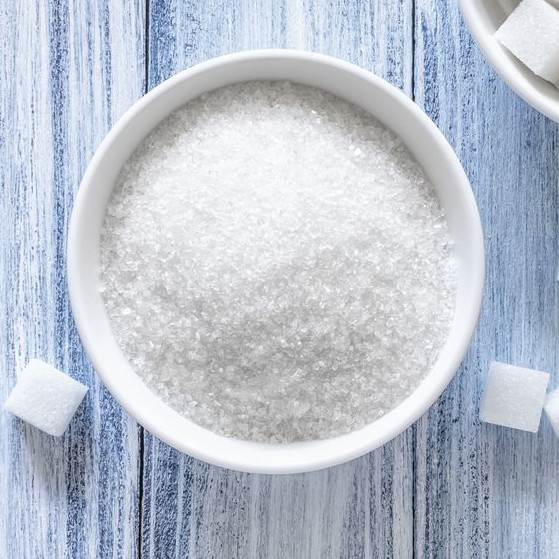The Trip of Cane Sugar Processing: From Harvest to Crystals
The Trip of Cane Sugar Processing: From Harvest to Crystals
Blog Article
Understanding the Crucial Techniques and Technologies Utilized in Modern Walking Stick Sugar Handling
The evolution of walking cane sugar processing has been substantially shaped by the assimilation of sophisticated strategies and innovations that deal with both efficiency and sustainability. As we discover these vital advancements, it comes to be essential to check out how they not just improve manufacturing but likewise straighten with broader market patterns and consumer demands, elevating inquiries concerning the future of sugar handling and its effects for global markets.
Historical Context of Cane Sugar Processing
The historical context of walking cane sugar handling reveals an abundant tapestry of agricultural technology and cultural exchange that has actually shaped its development over centuries. Stemming in Southeast Asia, sugarcane was grown as early as 8000 BCE - Cane Sugar Processing. The procedure of fine-tuning and drawing out sugar obtained energy in India, where approaches for crystallization were perfected around the 6th century. This expertise passed through to the Center East, and by the 12th century, sugar came to be a valued commodity in Europe, resulting in the establishment of sugar haciendas in the Mediterranean.

Advanced Extraction Strategies
Performance in cane sugar removal has actually seen substantial innovations, driven by the requirement for greater returns and lower production prices. This strategy not only enhances sugar yield but also decreases the power needed for processing.
In addition, the fostering of membrane filtration technologies, such as nanofiltration and turn around osmosis, has actually changed the splitting up of sugar from contaminations. These techniques enable the discerning permeation of sugar molecules while maintaining larger pollutants, simplifying the removal process and reducing waste.
Moreover, the integration of continuous extraction systems has caused improved operational efficiency. Cane Sugar Processing. These systems keep a constant flow of walking stick material, guaranteeing optimum extraction conditions and reducing downtime connected with set processing
Ingenious Refining Technologies
Refining strategies in cane sugar processing have actually undertaken a transformative change, driven by the need for greater purity and improved product quality. Among the most significant developments is the fostering of membrane filtration modern technologies, such as ultrafiltration and nanofiltration. These procedures effectively eliminate contaminations and colorants without the need for considerable chemical treatments, therefore preserving the sugar's natural taste and improving its charm.
An additional substantial advancement is the use of ion exchange resins, which enable for careful removal of undesirable ions from sugar services. This technology not just raises the overall pureness of the last product yet also contributes to lowered waste and ecological impact.
In addition, advancements in adsorption methods, making use of triggered carbon and other sophisticated products, have actually verified effective in decolorizing sugar solutions while preserving ideal quality. The integration of these cutting-edge refining modern technologies guarantees that makers can create polished sugar with remarkable clarity and taste, fulfilling the evolving choices of customers.
Automation and Control Systems
Current improvements in refining technologies have actually paved the means for substantial renovations in automation and control systems within walking stick sugar handling facilities. These systems use Read Full Article advanced software and equipment to improve operational effectiveness, decrease human error, and guarantee constant product high quality.
Modern automation integrates numerous elements, consisting of sensing units, actuators, and programmable logic controllers (PLCs), enabling real-time tracking and control of crucial processes. As an example, pressure, temperature, and flow prices can be specifically managed throughout removal, clarification, and condensation stages, optimizing efficiency and reducing waste.
Additionally, advanced data analytics and artificial intelligence algorithms play a critical duty in anticipating upkeep, allowing drivers to anticipate equipment failures prior to they take place. This aggressive method not only minimizes downtime however additionally prolongs the lifespan of equipment.
Additionally, automation assists in the application find here of Sector 4.0 principles, equipping sugar mills to achieve greater connection and information exchange across procedures. Therefore, decision-making ends up being even more enlightened and dexterous, ultimately enhancing the total competitiveness of walking cane sugar production. With these developments, the industry is well-positioned to satisfy growing global needs while preserving functional excellence.
Sustainability Practices in Sugar Production
Sustainability techniques in sugar manufacturing have come to be significantly essential as the industry looks for to stabilize economic viability with environmental obligation. As customer awareness grows regarding the environmental effects of farming techniques, sugar manufacturers are embracing innovative approaches to lower their ecological footprint.
One considerable strategy is the application of precision agriculture strategies, which make use of information analytics to enhance resource usage, such as water and fertilizers. This minimizes waste and reduces the effect on regional communities. Moreover, lots of manufacturers are transitioning to eco-friendly energy resources, such as biomass from sugarcane results, to power their operations, consequently lowering dependence on nonrenewable fuel sources.
Water pop over to this site management methods are likewise important; rain harvesting and efficient irrigation systems help alleviate water shortage issues. Cane Sugar Processing. Furthermore, integrated bug monitoring methods minimize chemical usage, advertising biodiversity and dirt health
Corporate social responsibility efforts are emerging, with companies investing in neighborhood areas and making certain fair labor practices. By accepting these sustainability practices, the sugar market not just improves its reputation however likewise adds to a more sustainable farming landscape, leading the way for future generations.

Conclusion
In summary, modern-day walking stick sugar handling includes an array of sophisticated methods and modern technologies that considerably improve performance, return, and sustainability. Collectively, these developments place the walking stick sugar sector to satisfy contemporary demands while attending to vital international challenges.
The development of walking cane sugar handling has been considerably formed by the assimilation of sophisticated techniques and innovations that attend to both effectiveness and sustainability.The historic context of walking stick sugar handling exposes a rich tapestry of agricultural development and social exchange that has formed its development over centuries. Technologies in milling and refining emerged, laying the groundwork for modern-day cane sugar handling.Refining techniques in walking stick sugar processing have actually undergone a transformative change, driven by the demand for greater pureness and improved item top quality.In summary, contemporary walking cane sugar processing integrates a variety of sophisticated methods and technologies that dramatically boost return, efficiency, and sustainability.
Report this page